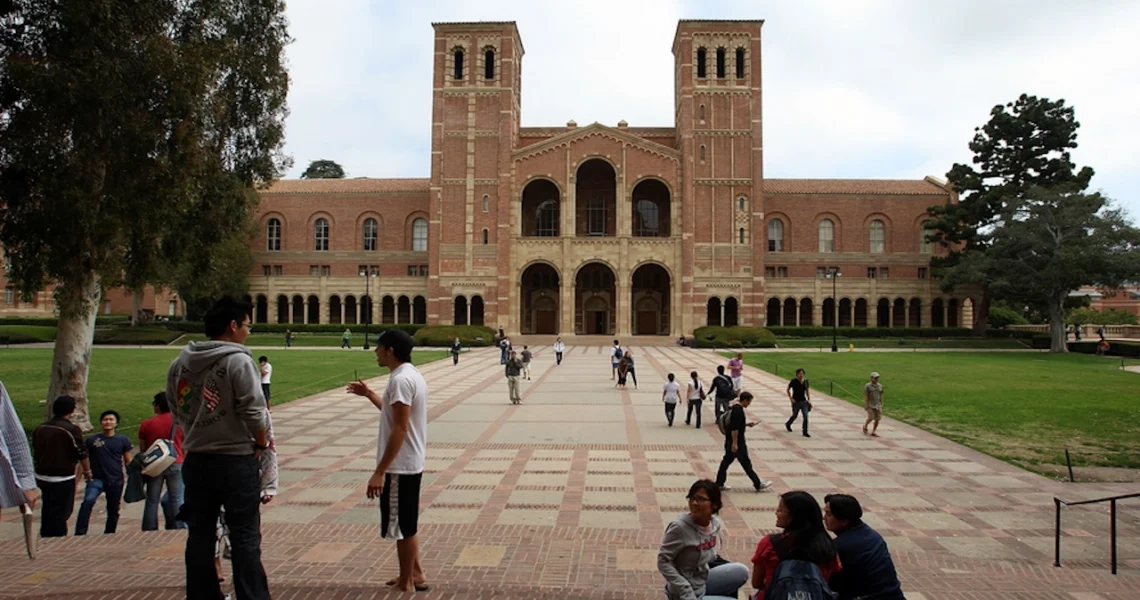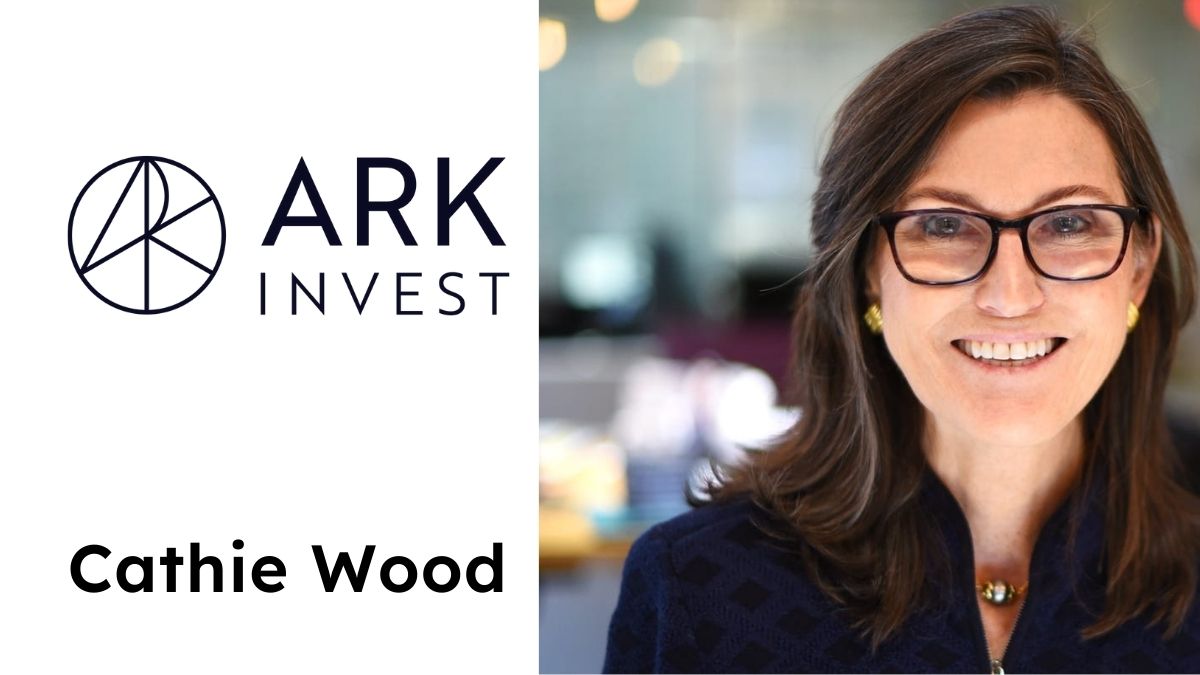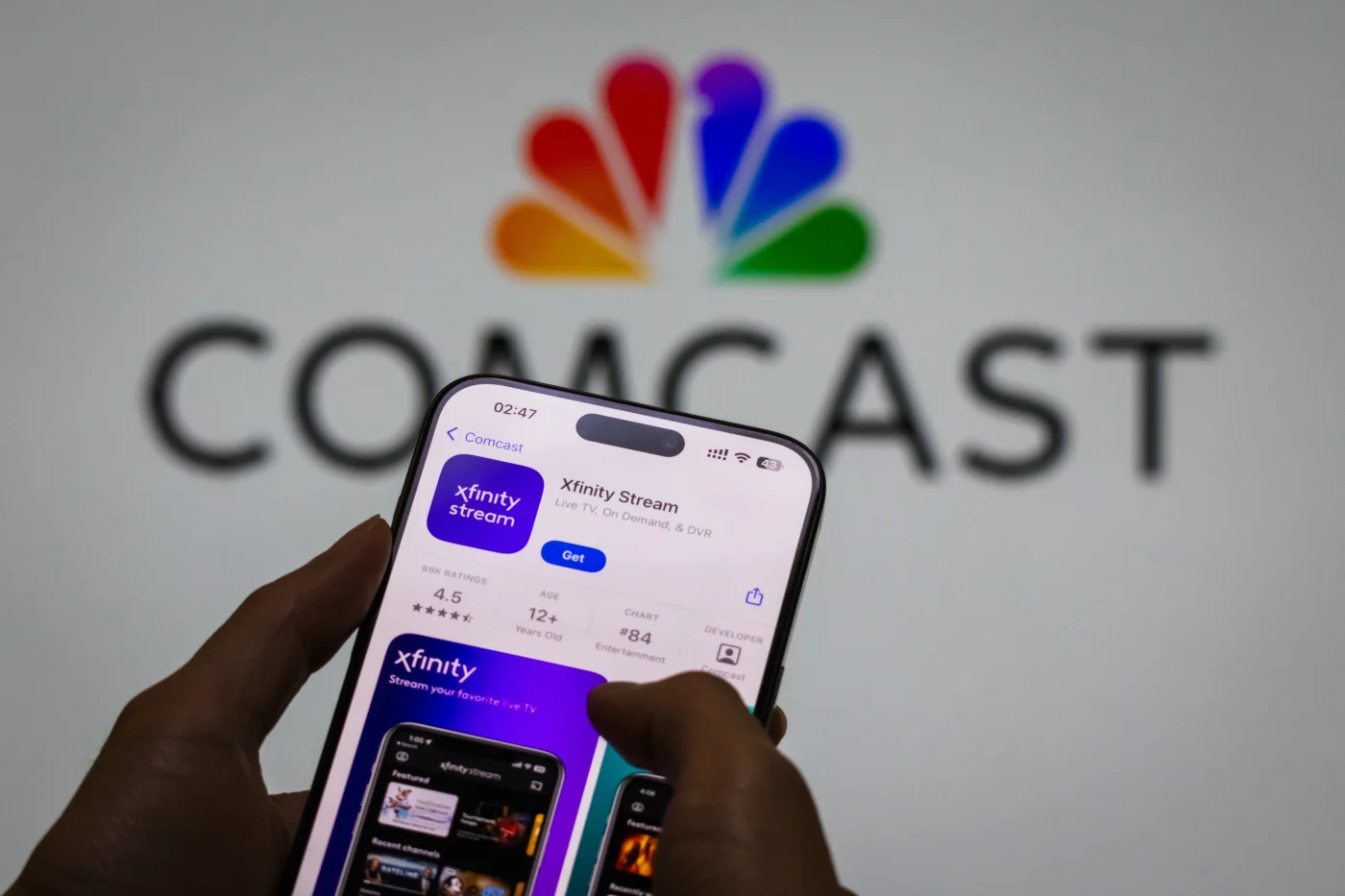460K Student Loan Plans Denied
The core of the current predicament for hundreds of thousands of student loan borrowers lies squarely with the legal status of the SAVE Plan.
The Education Department has issued a clear directive regarding the 460,000 applications that specifically requested the lowest monthly payment option: these applications cannot be processed. A department spokesperson unequivocally stated in a statement to POLITICO: “Loan servicers cannot process these applications as SAVE is no longer an option, as it is illegal.” This stern declaration underscores the critical impact of the judicial intervention on a program designed to offer significant financial relief.
The SAVE Plan, initially rolled out as a cornerstone of the Biden administration’s approach to student loan debt, was intended to revolutionize repayment for many. Its structure was designed to cap monthly payments at a substantially lower percentage of a borrower’s discretionary income compared to previous income-driven plans. For instance, undergraduate loan payments would be limited to just 5 percent of discretionary income, while graduate loans would be capped at 10 percent. This lowered threshold was projected to result in significantly reduced monthly payments for millions, potentially leading to faster loan forgiveness for those with lower incomes.
However, the SAVE Plan became a target for legal challenges from various states and conservative groups, who argued it was an overreach of executive authority and an undue burden on taxpayers. These legal battles culminated in the plan being blocked by the courts since June 2024. The judicial injunction effectively halted the department’s ability to fully implement and process new applications for the SAVE Plan. This legal limbo has created the current backlog and the inability of loan servicers to approve applications that specifically selected the now-blocked plan.
Adding another layer of complexity, the landscape of federal student loan repayment is slated for a significant overhaul under the current administration. As part of President Donald Trump’s sweeping reconciliation legislation, the Education Department is reportedly introducing two entirely new payment plans. Simultaneously, it is planning to phase out the existing “matrix” of current repayment options. The Trump administration has vocally criticized the SAVE Plan, labeling it as an excessive burden on taxpayers.
Their broader strategy aims to reshape how students borrow and pay back loans, emphasizing simplification of the repayment process and potentially shifting more financial responsibility onto borrowers. This ideological divergence between administrations further complicates the long-term outlook for student loan repayment options.
Borrowers in Limbo: Forbearance and Future Uncertainty
For borrowers who were already enrolled in or had successfully applied for the SAVE Plan before the court block, the situation is one of uncertainty. These individuals are currently placed in an administrative forbearance status while the courts deliberate the program’s ultimate future. Forbearance offers a temporary pause on loan payments, but it typically means that the loan interest may continue to accrue, potentially increasing the total amount owed over time.
The Education Department has previously communicated its intentions regarding these borrowers. It has stated plans to transition SAVE borrowers to different repayment plans in the fall, although the specifics of which plans and how this transition will occur remain somewhat unclear. In the interim, the department has encouraged affected borrowers to proactively explore other available repayment options to avoid potential payment shocks once the forbearance ends. This proactive exploration is critical, as simply waiting for a default transition might not result in the most favorable terms for every individual.
This situation has ignited significant concern among student loan experts and student debt relief advocates. A major point of contention is the potential for borrowers to face higher monthly payments than they would have under SAVE. Furthermore, a crucial aspect of income-driven repayment plans is that qualifying payments made while on the plan count towards eventual loan forgiveness (typically after 20 or 25 years of payments). The concern is that the period during which borrowers were in the SAVE forbearance might not count toward this forgiveness timeline. As a result, individuals could ultimately end up paying more in the long run for their loans, both due to higher payments and a prolonged repayment period before achieving forgiveness.
Persis Yu, the Deputy Executive Director and Managing Counsel at the Student Borrower Protection Center, voiced these concerns starkly. She highlighted the immediate financial impact, stating, “If their income has shifted in the last year, it’s going to result in a higher payment.” This is because income-driven plans, by definition, adjust based on current income.
If a borrower’s income has increased since their last application or certification, their payment under an alternative plan could be significantly higher than what they would have paid under the SAVE Plan’s favorable terms. Yu further elaborated on the long-term detriment: “Since this time hasn’t counted toward cancellation, it means that people are ultimately going to be paying more on their loans during the life of it.” This potential loss of qualifying payments for forgiveness is a major setback for borrowers who were relying on the SAVE Plan to eventually clear their debt. The uncertainty and potential for increased financial burden underscore the urgent need for clarity and robust support for these impacted borrowers.
Borrower Confusion and the Need for Reapplication
The abrupt denial of nearly half a million student loan repayment plan applications highlights a significant issue of borrower confusion within the complex landscape of federal student aid. Many experts believe that a substantial number of these borrowers may not have been fully aware that they were specifically applying for the SAVE Plan when they simply selected the “lowest monthly payment option.” The terminology used in application forms can sometimes be generic, leading applicants to choose what appears to be the most financially advantageous choice without explicitly recognizing the specific program name behind it.
Scott Buchanan, Executive Director of the Student Loan Servicing Alliance (SLSA), a trade group representing major loan servicers like MOHELA and Aidvantage, articulated this very challenge. He described it as “a bit of struggle to understand” whether these borrowers genuinely intended to apply for the Biden-era SAVE program, which is currently on hold due to court injunctions. This ambiguity underscores the need for clearer communication from the Education Department and loan servicers regarding available options and their current legal status.
Given this inherent confusion and the legal impasse surrounding the SAVE Plan, Buchanan strongly recommended that the best course of action is for borrowers to simply reapply entirely for a student loan repayment plan. This fresh application would allow them to select from currently available and legally viable income-driven repayment options, ensuring their application can be processed. While reapplying might seem like an added burden for borrowers, it offers the clearest path forward to securing a repayment plan. It also provides an opportunity for borrowers to carefully review their options, potentially with guidance from their loan servicer or a trusted financial advisor, to ensure they select a plan that best fits their current financial situation and long-term goals.
The Broader Impact on Student Debt Relief
The denial of these applications and the ongoing uncertainty surrounding the SAVE Plan have far-reaching implications for the broader landscape of student debt relief and the financial well-being of millions of Americans. Advocates for student debt relief are deeply concerned about the potential negative consequences for borrowers, particularly those who were relying on the SAVE Plan for financial stability and a clear path to loan forgiveness.
One of the most immediate concerns is the possibility of higher monthly payments. Without the favorable terms of the SAVE Plan, borrowers will likely be transitioned to other IDR plans that may require a larger percentage of their discretionary income, or they may even default to standard repayment plans if they don’t actively choose an alternative. This increase in monthly financial obligations can strain household budgets, leading to difficulties in meeting other essential expenses, or even pushing some borrowers into delinquency or default.
Furthermore, a critical aspect of income-driven repayment plans, particularly for those pursuing loan forgiveness, is the concept of “qualifying payments.” Each payment made under an approved IDR plan typically counts towards the required 20 or 25 years of payments for eventual loan cancellation. The fact that the period during which borrowers were in SAVE forbearance “hasn’t counted toward cancellation” is a significant blow.
As Persis Yu of the Student Borrower Protection Center emphasized, this effectively means that “people are ultimately going to be paying more on their loans during the life of it.” The added months or even years to their repayment timeline before achieving forgiveness translates directly into more interest paid and a greater overall financial burden.
This situation also highlights the vulnerability of borrowers to changes in government policy and legal challenges. Many borrowers structure their financial futures around promises of debt relief or manageable repayment options. When these programs are suddenly put on hold or denied, it creates immense financial instability and emotional distress. The lack of consistent, predictable repayment pathways undermines trust in federal student loan programs and makes it incredibly difficult for borrowers to plan effectively for their financial futures. The call for simplification of the loan repayment process, while laudable in principle, must also prioritize stability, clarity, and protection for the millions of Americans navigating student loan debt.
Navigating the Future of Student Loan Repayment
The current state of federal student loan repayment plans is characterized by complexity, uncertainty, and significant challenges for borrowers. The denial of nearly half a million applications, the legal entanglement of the SAVE Plan, and the impending overhaul of repayment options under a new administration collectively paint a picture of an evolving and unpredictable landscape.
For affected borrowers, proactive engagement is paramount. Simply waiting for the Education Department or loan servicers to make a decision or transition loans carries risks, including potentially higher payments or a lost opportunity for progress towards forgiveness. Borrowers should immediately contact their loan servicer to understand their current status, explore available income-driven repayment plans (excluding the currently blocked SAVE), and inquire about how to reapply or select a suitable alternative. Utilizing resources from reputable non-profit organizations focused on student debt relief can also provide invaluable guidance.
The broader implications for student loan policy are profound. This situation underscores the need for more robust and resilient student loan programs that are less susceptible to political shifts and legal challenges. Designing repayment plans that are transparent, easy to understand, and consistently available would greatly benefit borrowers and reduce the kind of confusion and distress currently being experienced. Simplifying the “matrix of current options” is a goal that both sides of the political spectrum might agree on, but the method of simplification and the level of borrower protection offered within new plans remain critical points of contention.
The future of student loan repayment in the U.S. will likely continue to be a hot-button issue, impacting the financial health of millions of households. As debates around affordability, access to higher education, and government’s role in student debt persist, borrowers must remain informed and vigilant.
The current denials serve as a stark reminder that even well-intentioned relief programs can face unexpected hurdles, making personal advocacy and informed decision-making essential for navigating the complex journey of student loan repayment. The goal should be to ensure that no borrower is left behind due to bureaucratic backlogs or legal disputes, and that pathways to manageable repayment and eventual debt relief remain clear and accessible.






